 by "ttyymmnn" (ttyymmnn)
by "ttyymmnn" (ttyymmnn)
Published 06/09/2017 at 12:35
 by "ttyymmnn" (ttyymmnn)
by "ttyymmnn" (ttyymmnn)
Published 06/09/2017 at 12:35
Tags: Planelopnik
; planelopnik history
STARS: 12
Welcome to This Date in Aviation History , getting you caught up on milestones, important historical events and people in aviation from June 7 through June 9.
!!! UNKNOWN CONTENT TYPE !!!
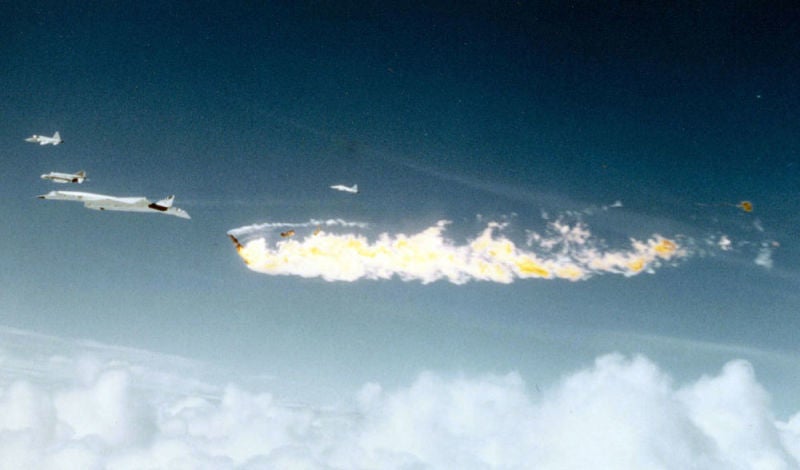
June 8, 1966 – The crash of the second North American XB-70 Valkyrie prototype. Accidents during the development and testing of new aircraft aren’t inevitable, but all test pilots know that they are a distinct possibility. Accidents that happen in the normal testing process are somewhat acceptable, or at least understandable, but, when they come during flights that have nothing to do with the testing program of a new aircraft, they can be a bitter pill to swallow. Such was the case with the loss of the second XB-70 Valkyrie prototype, a high-flying supersonic bomber designed to carry out nuclear strikes deep within the Soviet Union. Beginning in 1955, the US Air Force issued a requirement for a new bomber that would have the payload capacity of the Boeing B-52 Stratofortress but the supersonic speed of the Convair B-58 Hustler . North American responded with its radical XB-70 Valkyrie, a bomber that could reach Mach 3 while flying at more than 77,000 feet. But advances in surface-to-air missiles soon put the entire project in doubt. Air Force doctrine changed from high altitude supersonic bombing to low altitude penetration, which meant that the Valkyrie would have to be flown at lower levels, where it was barely faster than the B-52, and with a smaller payload. When the first ICBM installation became operational in Russia in 1959, the emphasis shifted from the nuclear bomber to the nuclear-tipped missile, and for that reason, the giant XB-70 became an anachronism, a bomber for an earlier age. The Valkyrie project soon became a Cold War era political football, the stuff of campaign promises and political bargaining, before the project was finally canceled in 1961. But the two XB-70 prototypes remained valuable research assets, and on June 8, 1966, at the request of engine manufacturer General Electric , a photo flight was staged with the second XB-70 (20207) and four other GE-powered aircraft: a McDonnell Douglas F-4 Phantom II , a Northrop F-5 Freedom Fighter , a Northrop T-38 Talon , and a Lockheed F-104 Starfighter .
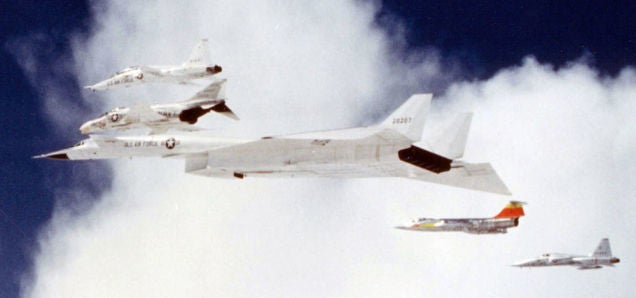
The aircraft flew in close formation, with the Valkyrie in the lead, when the Starfighter, piloted by NASA Chief Test Pilot Joe Walker and flying just off the XB-70's starboard wing, collided with the Valkyrie and then rolled inverted across the top of the huge bomber. The Straighter destroyed both of the Valkyrie’s rudders before striking and damaging the port wing. The F-104 broke up in the air, killing Walker, while the Valkyrie, without its rudders, lost control and crashed, killing co-pilot Carl Cross. Alvin White , the XB-70's pilot, managed to eject, though he suffered serious injuries, including a crushed arm when the clamshell escape pod, which had been designed to protect the pilot during high-speed ejection, closed on him (you can see photos and an explanation of the accident in this film prepared by the Air Force). The investigation concluded that, due to the design of the XB-70, with its tremendous width at the back and long narrow fuselage, it would have been difficult for Walker in his F-104 to maintain his position off the Valkyrie’s wing without proper sight cues, and once the two aircraft collided, the wake vortices from XB-70's wingtip likely caused the Starfighter to roll over the Valkyrie. Despite the accident, the remaining XB-70 continued its research duties for three more years, until it was retired and flown to the National Museum of the United States Air Force in 1969 where it is currently on display. (US Air Force photos)
!!! UNKNOWN CONTENT TYPE !!!
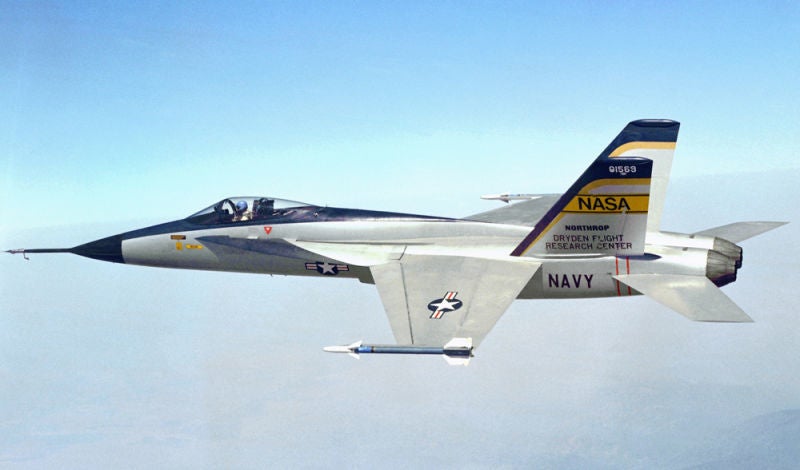
June 9, 1974 – The first flight of the Northrop YF-17.
From the earliest days of its conception, the fighter tended to be a relatively small aircraft. Powerful and nimble, fighters were meant to duke it out one-on-one in the skies over the battlefield, where agility and speed could mean the difference between life and death. But as jet engines became more powerful during the 1950s and 1960s, fighters started getting bigger and heavier, as designers tried to put larger weapons loads and more complex radars onboard. Aircraft that were once just fighters were now becoming multi-role aircraft that could dogfight as well as carry missiles and bombs for ground attack. And not only were the fighters getting bigger, the price tags were also growing at an alarming rate. In an attempt to reverse that trend, the US Air Force initiated the
Lightweight Fighter
program (LWF) in 1972 to encourage the development of a simple and inexpensive fighter, but also one which would still be effective in the modern era. The LWF was limited to a weight of 20,000 pounds and was expected to provide speeds of up to Mach 1.6 at 40,000 feet. The
Northrop Corporation
already had considerable experience building low-cost fighters, having won the International Fighter Aircraft competition in 1970 with the development of the
F-5 Freedom Fighter
, an aircraft that was designed to provide America’s allies with an inexpensive yet modern fighter. And it was the F-5 that formed the basis for Northrop’s entry into the LWF competition. The YF-17 began as an internal development of the Freedom Fighter which Northrop called the N-300, featuring a lengthened fuselage,
leading-edge wing root extensions
(LERX), and more powerful engines. As that design matured into the P-530, the wing was moved to a mid-fuselage position, and the leading-edge extensions were lengthened further until they reached the cockpit, giving the new fighter its characteristic “cobra hood” shape and inspiring its unofficial designation as the Cobra. Like the F-5, the YF-17 was powered by two engines, in this case
General Electric YJ101
after burning turbofans. For ease of maintenance, the design allowed for the engines to be lowered directly from the aircraft without requiring disassembly of the
empennage
. The YF-17 also supported partial
fly-by-wire
control surfaces.
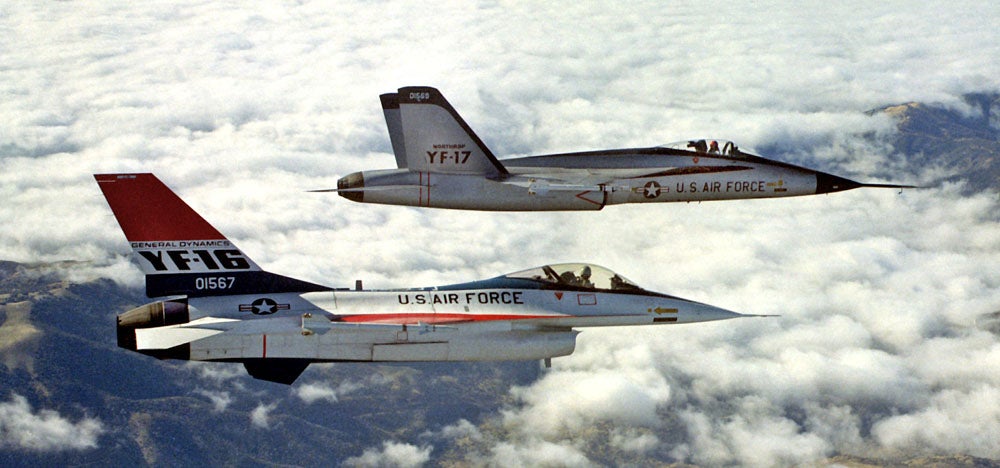
The YF-17 was entered into the LWF competition following its roll out on April 4, 1974, and its four competitors were quickly reduced to just one, the single-engine General Dynamics YF-16. Though the two fighters both performed well, the new General Electric turbofans fitted in the Cobra were never able to deliver full rated power, hampering the YF-17's speed performance over its rival. However, that was not the only reason that the Cobra lost out to the YF-16, which ultimately became the F-16 Fighting Falcon . The Air Force cited the YF-16's lower operating costs, greater range, and better acceleration and maneuverability. The YF-16 also shared the same Pratt & Whitney F100 turbofan that was currently being used by the McDonnell Douglas F-15 Eagle , and that commonality appealed to the Air Force for its significant cost saving over development and maintenance of an entirely new powerplant. But the loss of the LWF competition was not the end of the Cobra. In an industry where second chances are rare, the US Navy, who had a preference for fighters with two engines, selected the YF-17 in 1974 as the winner of their Air Combat Fighter competition which was initiated to find a replacement for the Douglas A-4 Skyhawk and LTV A-7 Corsair II , as well as the remaining McDonnell Douglas F-4 Phantom IIs . Northrop partnered with McDonnell Douglas , who had extensive experience designing carrier-based aircraft, and developed the Cobra into the multirole McDonnell Douglas F/A-18 Hornet , which remains in service today and forms the backbone of the US Navy’s fighter and attack force. (NASA photo; US Air Force photo)
!!! UNKNOWN CONTENT TYPE !!!
!!! UNKNOWN CONTENT TYPE !!!
!!! UNKNOWN CONTENT TYPE !!!

June 7, 1981 – Israeli fighters destroy the Iraqi nuclear reactor at Osirak. As part of a program to develop what they maintained was a peaceful nuclear power program, the Iraqi government, with the help of French engineers, constructed a nuclear reactor at Osirak near the capital city of Baghdad. Following attempts at sabotage, including the assassination of a French scientist working on the program, the Israeli government carried out Operation Opera , sending six General Dynamics F-16 Fighting Falcons , each carrying two 2,000 pound unguided bombs and protected by six McDonnell Douglas F-15 Eagles , to destroy the Iraqi facility. Ten Iraqi soldiers were killed in the attack, along with one French civilian. Iraq vowed to rebuild the facility, but it was finally completely destroyed by the US in 1991 during the Gulf War . (Israeli Defense Force photo)
!!! UNKNOWN CONTENT TYPE !!!
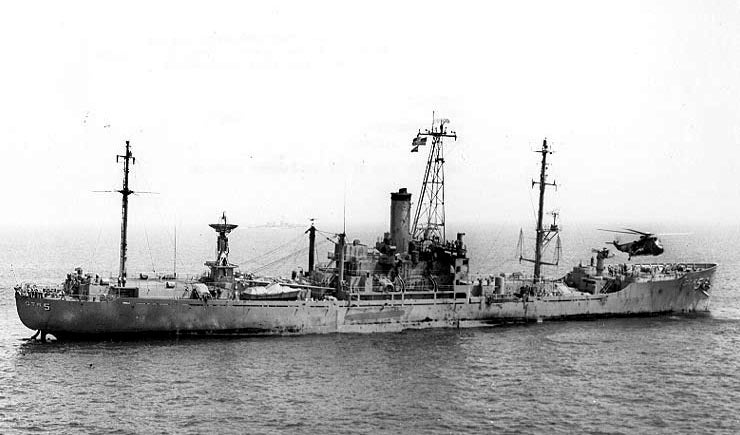
January 8, 1967 – Israeli jets and torpedo boats attack the USS Liberty . The USS Liberty (AGTR-5) was a Belmont-class technical research ship (spy ship) that was sent to the Mediterranean Sea in 1967 to monitor increasing tensions between Israel and a coalition of Arab nations. When the Six-Day War broke out on June 5, 1967, Liberty was in international waters off the Sinai Peninsula when she was attacked by Israeli jets and torpedo boats who reportedly mistook her for an Egyptian ship. Though Liberty’s captain had requested a US destroyer escort before the attack, the request was denied because the ship was clearly marked as a US vessel, and radio messages instructing Liberty to move farther away from the area were not received until after the attack. The attack killed 33 crew members, along with one civilian. The Israeli government officially apologized and paid $7 million to the families of the victims, and later paid an additional $6 million for the damage to the ship. (US Navy photo)
!!! UNKNOWN CONTENT TYPE !!!
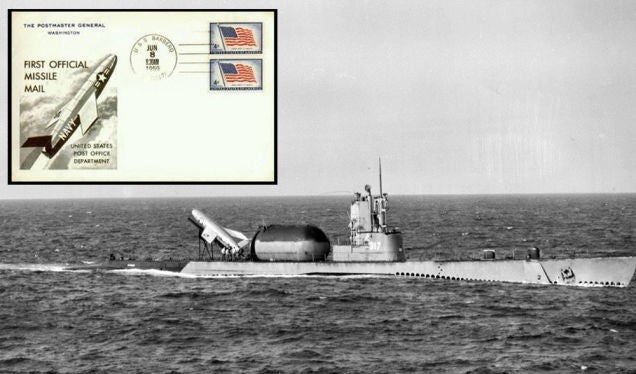
June 8, 1959 – The delivery of the first Missile Mail. The idea to deliver mail by some sort of projectile goes all the way back to 1810, when author Heinrich von Kleist first suggested using rockets and artillery batteries to deliver mail. In 1959, the US Postal Service experimented with using a Regulus cruise missile launched from the US Navy submarine USS Barbero (SS-317), with the missile’s normal nuclear payload replaced by post office mail containers. The mail reached its intended target of Naval Station Mayport, and the USPS went as far as creating a post office station onboard Barbero. Despite the successful test, the high cost made it impractical, and the service was mainly used as a promotion for the Post Office, and missile testing for the US Navy and Air Force. (US Navy, USPS photo)
!!! UNKNOWN CONTENT TYPE !!!
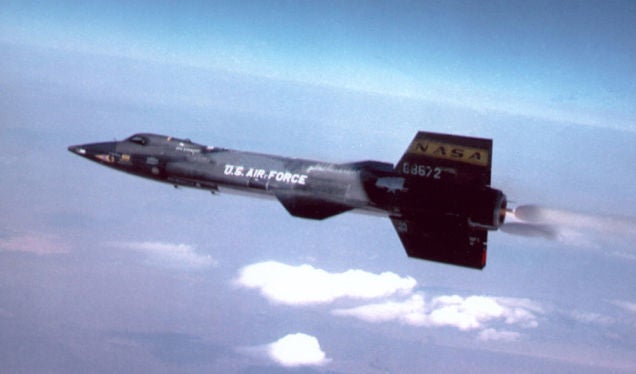
June 8, 1959 – The first unpowered flight of the North American X-15,
a rocket-powered hypersonic research aircraft developed by the US Air Force and NASA to explore flights at extreme speed and altitude. Considered the world’s first operational spaceplane, the X-15 carried out 199 test flights, and Air Force pilots who exceeded 50 miles of altitude were awarded astronaut wings. Civilian pilots did not receive their astronaut wings until 2005. A total of three X-15s were built, and the spaceplane still holds the world record for the highest speed ever attained by a manned, powered aircraft when
Pete Knight
flew at Mach 6.72 (4,519 mph) on October 3, 1967. The record for highest altitude was set by
Joseph Walker
when he flew the X-15 to 67 miles above the Earth in 1963. The X-15 was retired in 1968.
(NASA photo)
!!! UNKNOWN CONTENT TYPE !!!
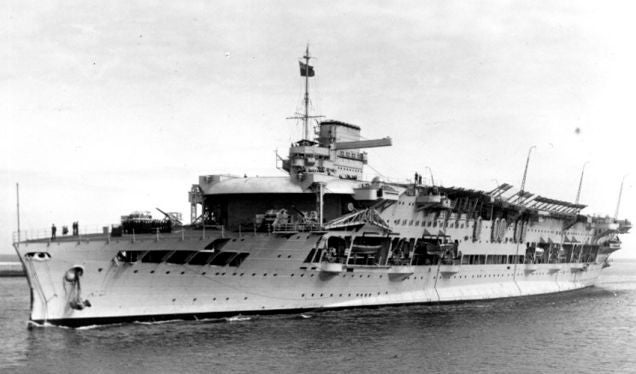
June 8, 1940 – The sinking of Royal Navy aircraft carrier HMS
Glorious
.
Glorious
was commissioned in January 1917, the second of the
Courageous-class battlecruisers
. During the late 1920s, she was rebuilt as an aircraft carrier, and spent most of the period before WWII patrolling the Mediterranean Sea. After hunting the German cruiser
Admiral Graf Spee
in the Indian Ocean, she was sent to support British operations in Norway. While ferrying aircraft to Norwegian land bases,
Glorious
and her escort carriers came under attack by the German battleships
Scharnhorst
and
Gneisenau
, which had not been spotted because
Glorious
had no aircraft aloft, nor did they have anybody manning the crow’s nest. In less than two hours of bombardment,
Glorious
sank with the loss of 1,472 men. Only 43 survived.
(Photo author unknown)
!!! UNKNOWN CONTENT TYPE !!!
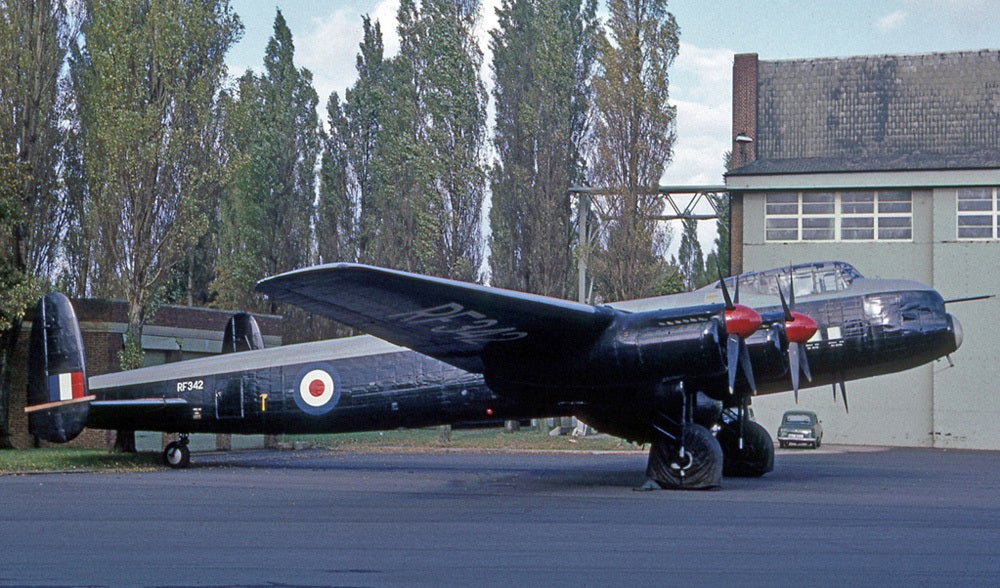
June 9, 1944 – The first flight of the Avro Lincoln,
a large, four-engine heavy strategic bomber and the last piston-powered bomber to serve the Royal Air Force. The Lincoln was developed from the
Avro Lancaster
and entered service in 1945. Though it was built to carry out bombing missions against the Japanese homeland, it came too late to see service in WWII. However, it did serve in the
Malayan Emergency
beginning in 1948, and the
Mau Mau Uprising
in Kenya beginning in 1952. The Lincoln also saw extensive service with the Royal Australian Air Force and the Argentine Air Force, and was retired from RAF service in favor of the
English Electric Canberra
and the subsequent
V-force
bombers. The Lincoln also served as the basis for the
Avro Shackleton
maritime patrol aircraft and the
Avro Tudor
airliner. A total of 624 were produced, and the Lincoln was finally retired by Argentina in 1967.
(Photo by RuthAS via
Wikimedia Commons
)
!!! UNKNOWN CONTENT TYPE !!!
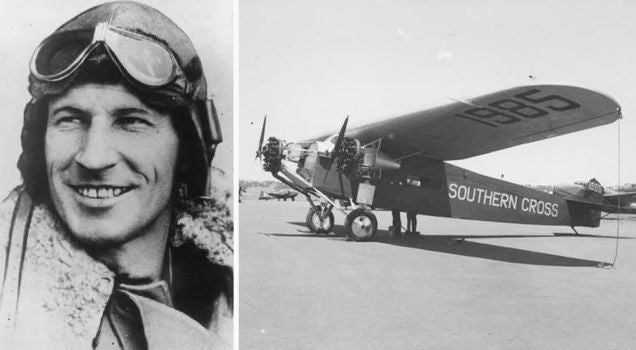
June 9, 1928 – Charles Kingsford Smith and his crew complete the first flight across the Pacific Ocean.
Kingsford Smith and his 4-man crew, flying in a
Fokker F.VII Trimotor
named
Southern Cross
, departed Oakland, California on May 31, 1928 bound for Australia, with planned stops in Hawaii and Fiji for fuel. The third leg of their flight took them to Brisbane after a total flying distance of 7,187 miles. Kingsford Smith followed that feat with a nighttime crossing of the
Tasman Sea
from Australia to New Zealand, as well as a westward flight across the Atlantic Ocean from Ireland to Newfoundland in 1930. In 1935, Kingsford Smith disappeared during a flight from India to Singapore while attempting to break a speed record for the voyage. The
Southern Cross
had been sold in 1931, and the wreckage of the aircraft is now displayed at the Queensland Museum.
(Photos via Australian Government)
!!! UNKNOWN CONTENT TYPE !!!
!!! UNKNOWN CONTENT TYPE !!!
!!! UNKNOWN CONTENT TYPE !!!
!!! UNKNOWN CONTENT TYPE !!!
!!! UNKNOWN CONTENT TYPE !!!
!!! UNKNOWN CONTENT TYPE !!!
!!! UNKNOWN CONTENT TYPE !!!
If you enjoy these Aviation History posts, please let me know in the comments. And if you missed any of the past articles, you can find them all at Planelopnik History . You can also find more stories about aviation and aviators at Wingspan and Planes You’ve (Probably) Never Heard Of .
!!! UNKNOWN CONTENT TYPE !!!

06/09/2017 at 13:43, STARS: 2
Just to tie the two together, since NAA built both the B-70 and X-15, they pitched the Valk as a launcher for an expanded, delta winged X-15A3.
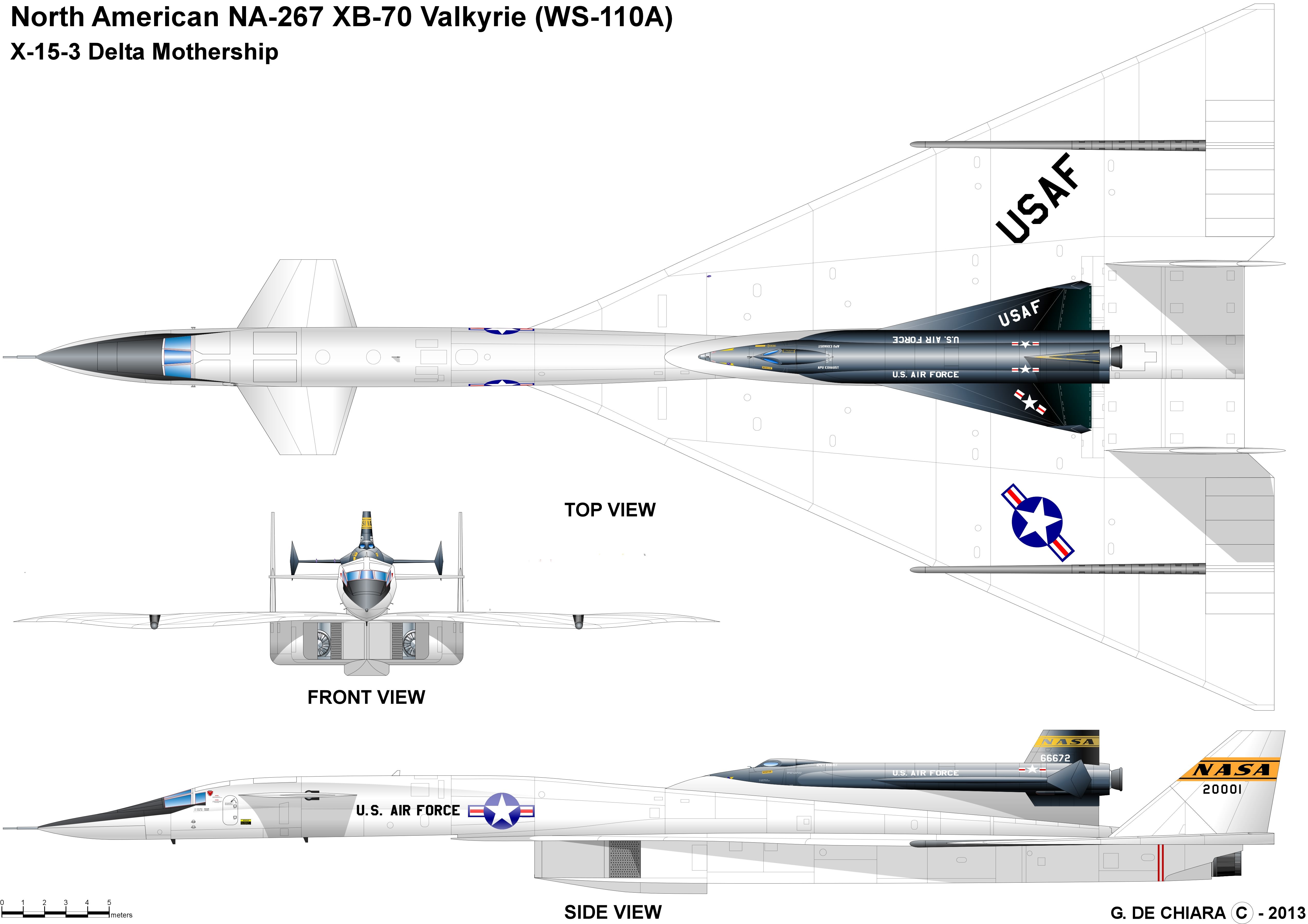
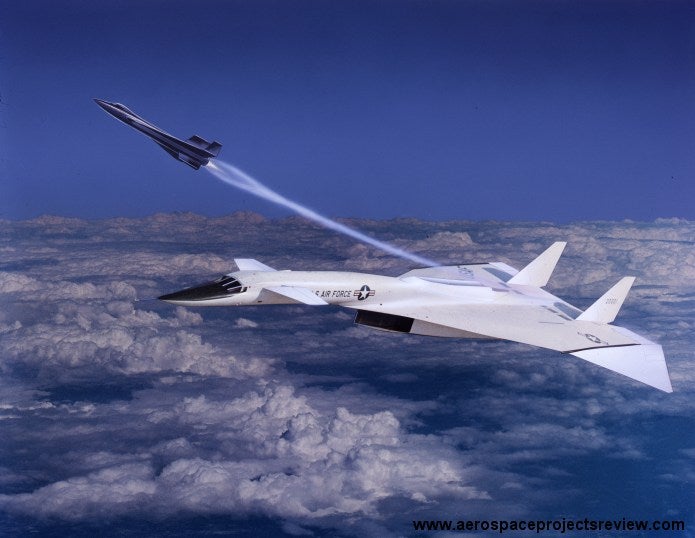
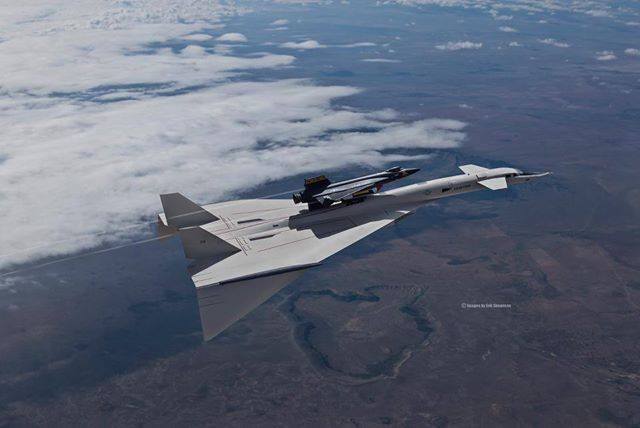
The idea never went anywhere though. What might have been.....
 "You can tell a Finn but you can't tell him much" (youcantellafinn)
"You can tell a Finn but you can't tell him much" (youcantellafinn)
06/09/2017 at 14:14, STARS: 0
!!! UNKNOWN CONTENT TYPE !!!
For ever so brief of a glimpse we see the F/A-18F flying with it’s grandpa. Or maybe great grandpa, I’m not sure how the F-20 fits in there.

06/09/2017 at 14:41, STARS: 1
I think the F-20 is that weird uncle we don’t talk about to company.
 "You can tell a Finn but you can't tell him much" (youcantellafinn)
"You can tell a Finn but you can't tell him much" (youcantellafinn)
06/09/2017 at 15:58, STARS: 3
But he’s my favorite uncle.
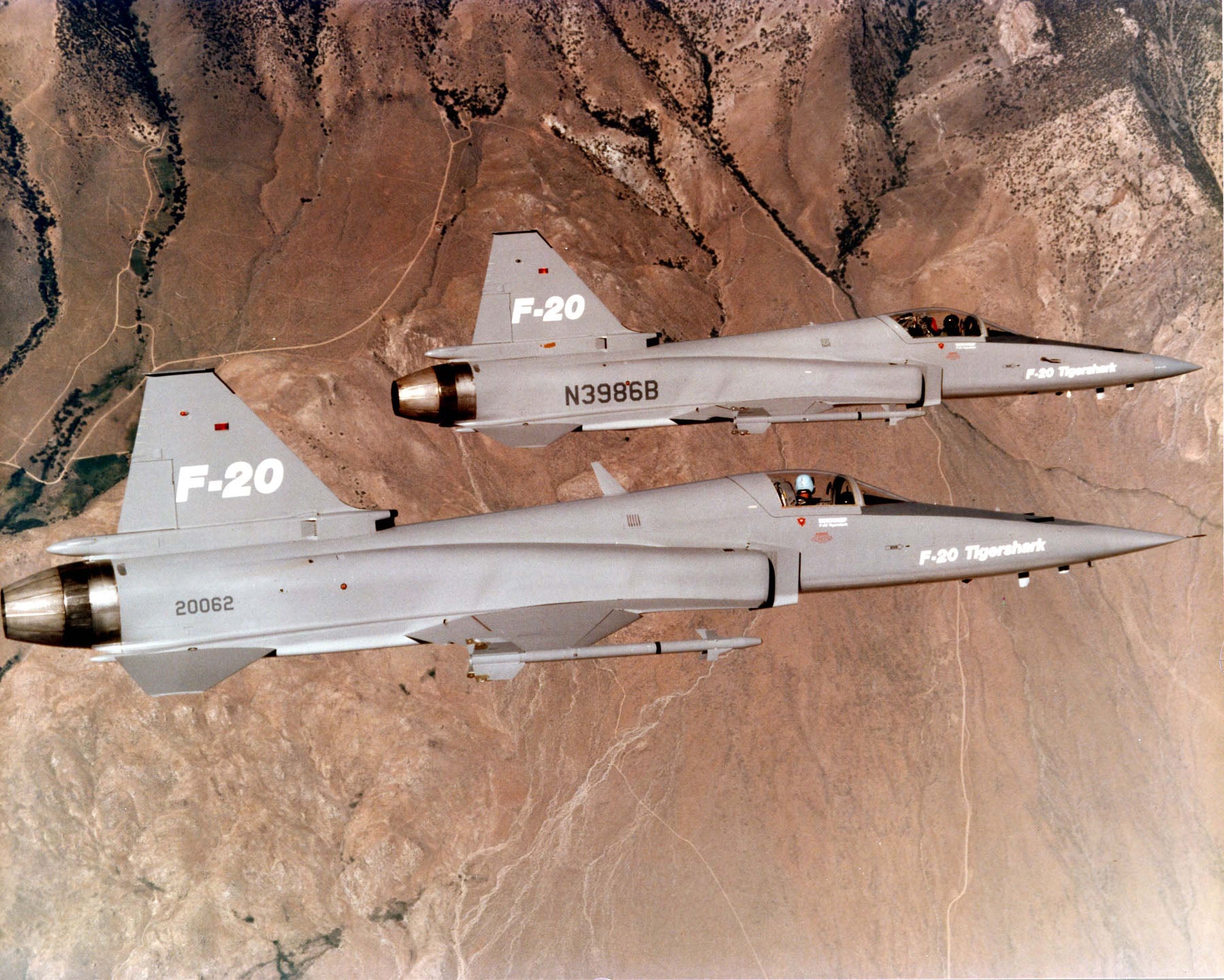
 " The Compromiser" (charger)
" The Compromiser" (charger)
06/09/2017 at 20:45, STARS: 2
I haven’t said this enough, but I’m glad you brought these back.
Thanks,
 "ttyymmnn" (ttyymmnn)
"ttyymmnn" (ttyymmnn)
06/09/2017 at 20:47, STARS: 0
Thank you I appreciate that.
 "ttyymmnn" (ttyymmnn)
"ttyymmnn" (ttyymmnn)
06/09/2017 at 20:54, STARS: 1
The greatest fighter that never was.